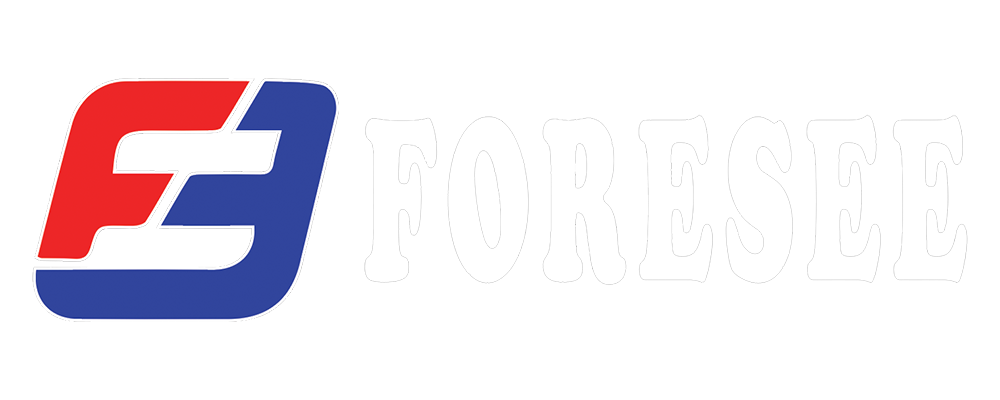E71T-1 and E71T-11 are both flux-cored wires but have distinct differences in terms of performance, usage, and environment. Here's a comparison of the two:
- Shielding Gas Requirement
- E71T-1: Requires an external shielding gas, typically CO₂ or a CO₂/Argon mixture. This gives it better control over the weld pool and less spatter. It is primarily used for indoor applications where wind and other elements won’t affect the gas coverage.
- E71T-11: Self-shielded, meaning it doesn't require an external shielding gas. The flux in the wire generates its own shielding gas, making it ideal for outdoor or fieldwork where shielding gas could be disrupted by wind.
- Penetration and Deposition Rate
- E71T-1: Offers better penetration and a higher deposition rate, making it well-suited for thicker materials and multi-pass welding. It also produces smoother, more aesthetically pleasing welds.
- E71T-11: Provides less penetration and a lower deposition rate compared to E71T-1, but it works well for thinner materials. It's often used for single-pass applications in construction or repair.
- Applications
- E71T-1: Used in heavy fabrication, structural steel, and shipbuilding due to its strength, higher deposition rates, and cleaner welds. It’s best suited for environments where shielding gas can be controlled, like shops or enclosed areas.
- E71T-11: Typically used in outdoor applications or repairs where portability and ease of use are crucial, such as in construction, farm equipment repair, or on-site structural welding.
- Weld Quality and Appearance
- E71T-1: Produces better-looking welds with less spatter and higher-quality slag removal. The welds are smoother and cleaner due to the use of shielding gas.
- E71T-11: While functional and reliable, E71T-11 tends to produce more spatter, and the resulting weld appearance may be rougher. It requires more post-weld cleaning compared to E71T-1.
- Position
- E71T-1: Suitable for all positions, including vertical and overhead, due to its smooth arc characteristics with shielding gas.
- E71T-11: Also suitable for all-position welding but is better suited for outdoor conditions where the absence of gas is a necessity.
Summary:
- E71T-1: Best for indoor applications where shielding gas is available and weld quality is a priority. Offers better penetration, smoother welds, and higher deposition rates.
- E71T-11: Ideal for outdoor and fieldwork where portability and ease of use without shielding gas are needed. Offers flexibility but with more spatter and slightly lower weld quality.
The choice between the two depends largely on the specific working environment and the material being welded.

Recent post